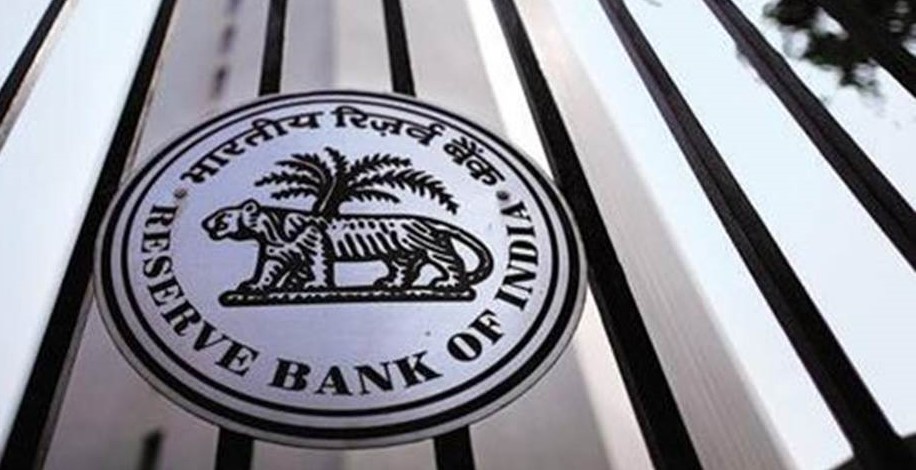Government wants committees to oversee RBI
November 19, 2018 | Expert Insights

India’s government is seeking to form panels to monitor the functions of the Reserve Bank of India (RBI), which could escalate tensions between the finance ministry and the bank.
Background
The Reserve Bank of India (RBI) is India's central banking institution, which controls the monetary policy of the Indian rupee. It commenced its operations on 1 April 1935 in accordance with the Reserve Bank of India Act, 1934. Following India's independence in 1947, the RBI was nationalised on 1 January 1949. The RBI plays an important part in the Development Strategy of the Government of India. It is a member bank of the Asian Clearing Union.
The general superintendence and direction of the RBI is entrusted with the 21-member central board of directors: the governor; 4 deputy governors; 2 finance ministry representatives; 10 government-nominated directors to represent important elements of India's economy. 4 directors are appointed to represent local boards headquartered at Mumbai, Kolkata, Chennai and New Delhi. Each of these local boards consists of 5 members who represent regional interests, the interests of co-operative and indigenous banks.
Till August 2016, the central bank was an independent apex monetary authority which regulates banks and provides important financial services like storing foreign exchange reserves, control of inflation, monetary policy report etc.
Analysis
The government of Prime Minister Narendra Modi has proposed that the board of the RBI draft regulations that will enable it to set up committees to monitor tasks such as financial stability, monetary policy transmission and foreign exchange management, the report added.
Each panel might consist of two to three members of the RBI’s central board, which includes representatives of the finance ministry, senior company executives and some economists close to Modi’s ruling nationalist party.
The RBI and India’s finance ministry did not immediately respond to requests for comment. The board meets on Monday, amid government pressure on the RBI to relax lending curbs and hand over surplus reserves to the government.
New Delhi and the RBI are getting close to ironing out some of their policy differences, two sources told Reuters this week, as they seek to defuse tensions that threatened to unnerve investors. RBI Governor Urjit Patel is scheduled to appear before a parliamentary committee on Nov. 27 in New Delhi, where he is likely to face questions on the differences with the government.
The RBI’s central board has, throughout its history, never been a decision-making body. It usually advises and guides the regulator, and leaves most of the decision-making to the RBI governor and his colleagues. The board currently has 18 members, with five people from the central bank (the governor and his four deputy governors). The other 13 members include two government representatives, seven government-appointed non-official directors and four more from the central bank’s local boards.
If the Modi government plans on going through with this change, it will move the central board from being an advisory forum to playing a sharper supervisory role.
Assessment
Our assessment is that the ruling government is looking to secure a tighter control over the historically independent Reserve Bank of India. This move comes after a drawn-out public tussle between the RBI Board and the Ministry of Finance over using the RBI reserve funds for investments. We also feel that this may threaten the independent and adaptable nature of the RBI to better align itself to the changing economic indicators.








Comments